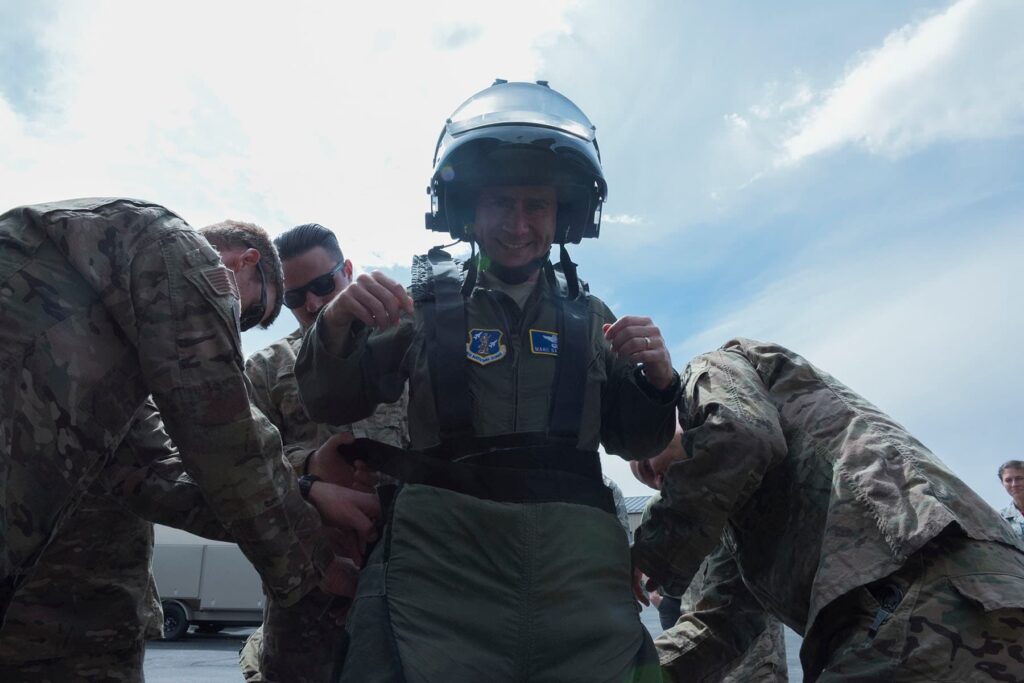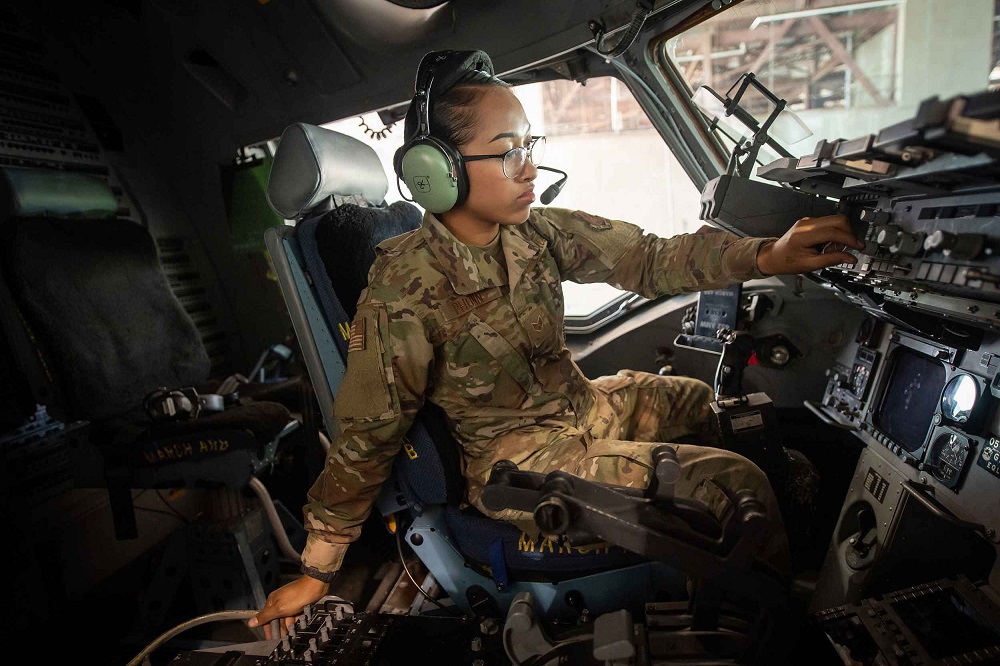Joining the Air National Guard is a great way to serve your country and get benefits such as healthcare, tuition assistance, and more. To learn more about specific careers in the ANG, contact your local recruiter.
ANG wings were gradually shifting their missions from large aircraft (airlift, tankers, and bombers) to fighters. They also grew their toehold in space missions and assumed the responsibility for NSF support in Antarctica from the Navy.
The Air National Guard is a part-time military that provides the perfect opportunity for those who want to serve their country but may not be ready to make the full commitment of active duty. The Air National Guard has more than 180 career choices, including a wide variety of flight and support roles. It also offers healthcare, education, and retirement benefits.
The mission of the Air National Guard is to provide combat-ready air and ground personnel and equipment to support the United States’ national security objectives in a federal capacity and protect life, property, and the public welfare in a state capacity. The Utah Air National Guard has a total of 62 units at the wing and squadron level, all under the command of the governor. These units include an air traffic control squadron, an aircraft control and warning squadron, a civil engineering squadron, and a weather flight.
During Operation Iraqi Freedom, the 192nd Wing deployed the Air Force’s first blended ANG-Air Force E-8 Joint STARS wing, which was comprised of ANG and Air Force personnel. This wing was an effective element of the Air Force’s intelligence collection capability in the theater. This was just one of the many times ANG units were called on to perform critical missions.

Is the Air National Guard Considered Military?
While the Air National Guard is not considered a full-time military, it’s still a part of the military and can be called upon to serve in times of national emergency. The Air National Guard is divided into units stationed in each state, the District of Columbia, Puerto Rico, and two U.S. territories. Each unit is organized at the wing level, but many are also supported by non-flying support organizations at the group or squadron levels. When the National Guard is activated, the units operate under their respective state National Guard commanders. However, the commanders of the ANG’s Title 10 units (such as interceptor groups) remain in federal status to ensure an unbroken chain of command between state and Federal authorities.
The Air National Guard has been called upon to fight in all of America’s major wars since the era of the First World War. It has also aided states in coping with natural disasters and civil unrest since the 1920s.
Until recently, most of the ANG’s aircraft inventory consisted of fighter-attack and reconnaissance planes. However, as the Air Force continued to downsize its end strength after the Cold War, it began to shrink the ANG’s core fighter force, shifting resources to large aircraft like tankers and bombers instead. The ANG shifted its focus to enhancing its homeland defense mission, but it was clear that its number of fighter wing equivalents (FWE) would continue to decrease.
Differences Between the Air Force and Air National Guard
The Air National Guard is not the same as the Air Force. When not mobilized or under federal control, ANG units operate under the governors of their states and territories (Puerto Rico, Guam, the Virgin Islands) or the commanding general of the District of Columbia National Guard. The primary missions of the ANG are:
- Protection of life and property.
- Preservation of peace, order, and public safety.
- Emergency relief support during natural disasters.
- Search and rescue operations.
- Maintenance of vital public services.
The ANG adjusted to the post-Cold War world by restructuring itself to meet new challenges. This included a more balanced mix of large aircraft and fighter units, a shift from an overwhelmingly fighter focus to a greater emphasis on air defense and the transfer of 1st Air Force to the ANG in 1997.
The ANG also increased its equipment modernization and maintained high levels of readiness. Depending on Congressional funding, the ANG could equip squadrons with C-17 Globemaster III or C-5 Galaxy transport aircraft and HH-60G Pave Hawk helicopters; KC-135 Stratotankers for aerial refueling; or C-130 Hercules transport planes to move people and supplies around the country. Almost half of the ANG’s flying units are dedicated to these mission types. The other half includes fighter and support units. The full-time personnel supporting the ANG’s flying units are dual-status military technicians and Guardsmen on active duty who serve with their units as part of their regular state and territorial duties until called to federal service.

Who is Eligible for the Air National Guard?
If you want to join the Air National Guard, you should first contact a recruiter. He or she will schedule you to take the Armed Services Vocational Aptitude Battery (ASVAB) test and physical exam. They will also provide a list of available careers and answer your questions. The Air National Guard offers a wide range of benefits, including low-cost life and health insurance, paid tuition, shopping privileges on military bases, and more. You may also be eligible for enlistment bonuses and state-specific benefits, depending on where you live.
The Air National Guard can be called to active duty at the local level in response to domestic emergencies or disasters, such as hurricanes, tornadoes, and floods. It can also be mobilized in support of overseas operations, such as wars or humanitarian missions. In addition, the ANG can be activated for federal missions with the approval of the President.
To join the Air National Guard, you must be at least 17 years old and meet height and weight requirements. You must also pass a background check and drug screening. Enlisted Air National Guard members are allowed to serve up to 39 years and can be commissioned as officers. Medical professionals and chaplains can be commissioned as long as they are over the age of 18. High school seniors who have prior military experience are eligible to join.
